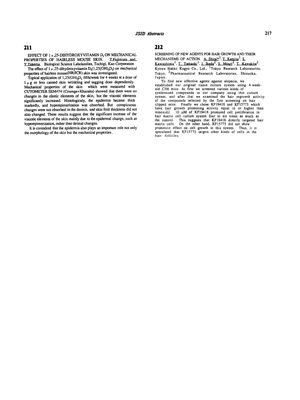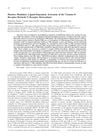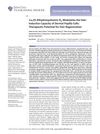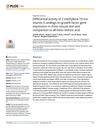Effect of 1α,25-Dihydroxyvitamin D3 on Mechanical Properties of Hairless Mouse Skin
June 1996
in “
Journal of Dermatological Science
”

TLDR Vitamin D3 applied to mouse skin caused more wrinkles and sagging due to changes in the skin's outer layer.
In the study conducted 27 years ago, the effects of 1α,25-dihydroxyvitamin D3 (1,25(OH)₂D) on the mechanical properties of hairless mouse skin were examined. The topical application of 1,25(OH)₂D, at a dose of 1 μg or less, five times per week for four weeks, resulted in dose-dependent skin wrinkling and sagging. Measurements using a CUTOMETER SEM474 indicated no change in the skin's elastic elements, but a significant increase in viscotic elements. Histologically, the epidermis thickened markedly with hyperepimerization observed, while the dermis showed no conspicuous changes, and skin fold thickness remained unchanged. These findings suggest that the increase in viscotic elements was primarily due to epidermal changes rather than dermal changes, indicating that the epidermis plays a significant role in the skin's mechanical properties.



